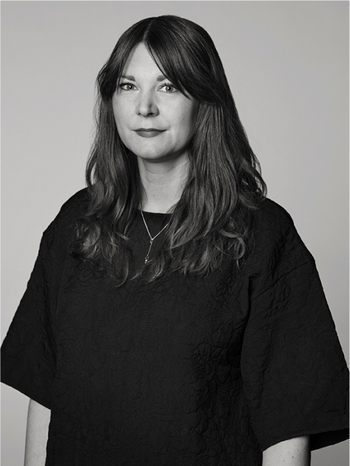Alf Wallander
Alf Wallander, a 102-piece Art Nouveau porcelain service, Rörstrand, early 20th Century.
Relief decoration of butterflies, contoured border with a gold edge.
45 dinner plates, diameter 25 cm.
16 side plates, diameter 17.5 cm.
11 deep plates, diameter 25.5 cm.
2 serving dishes, diameter 33.5 cm.
17 starter plates, diameter 22 cm.
2 oval serving bowls with handles, length 23 cm.
2 oval serving bowls with handles, length 28 cm.
7 oval serving dishes, length 27.5-43 cm.
2 sauce boats, length 25 cm included.
Two dinner plates with cracks, six with larger chips. One side plate with a crack. One serving dish with a larger chip. One starter plate with a crack and a larger chip. One serving bowl with a repair and a crack. Minor wear. Minor stains.
Designer
Alf Wallander was a Swedish painter, ceramicist, and glass designer born in Stockholm. At the age of 15, he began studying at the "Slöjdskolan" in Stockholm, and he later studied at the Royal Academy of Fine Arts and then in Paris from 1885 to 1889.
Wallander was a highly versatile artist and influenced by the spirit of the times around the turn of the century, he was inspired by the author Ellen Key's philosophy of "Beauty for All" and the British Arts & Crafts movement, which can be seen in Wallander's designs for furniture, textiles, glass, and ceramics. Wallander was associated with the Rörstrand Porcelain Factory from 1895 and gained recognition for his Art Nouveau ceramics as early as 1896, later being appointed artistic director at Rörstrand in 1900. From 1907 to 1911, Wallander was associated with the Kosta Glassworks as a designer. Alongside Gunnar G. Wennerberg, Alf Wallander was one of the dominant designers in Sweden during the Art Nouveau period.



































